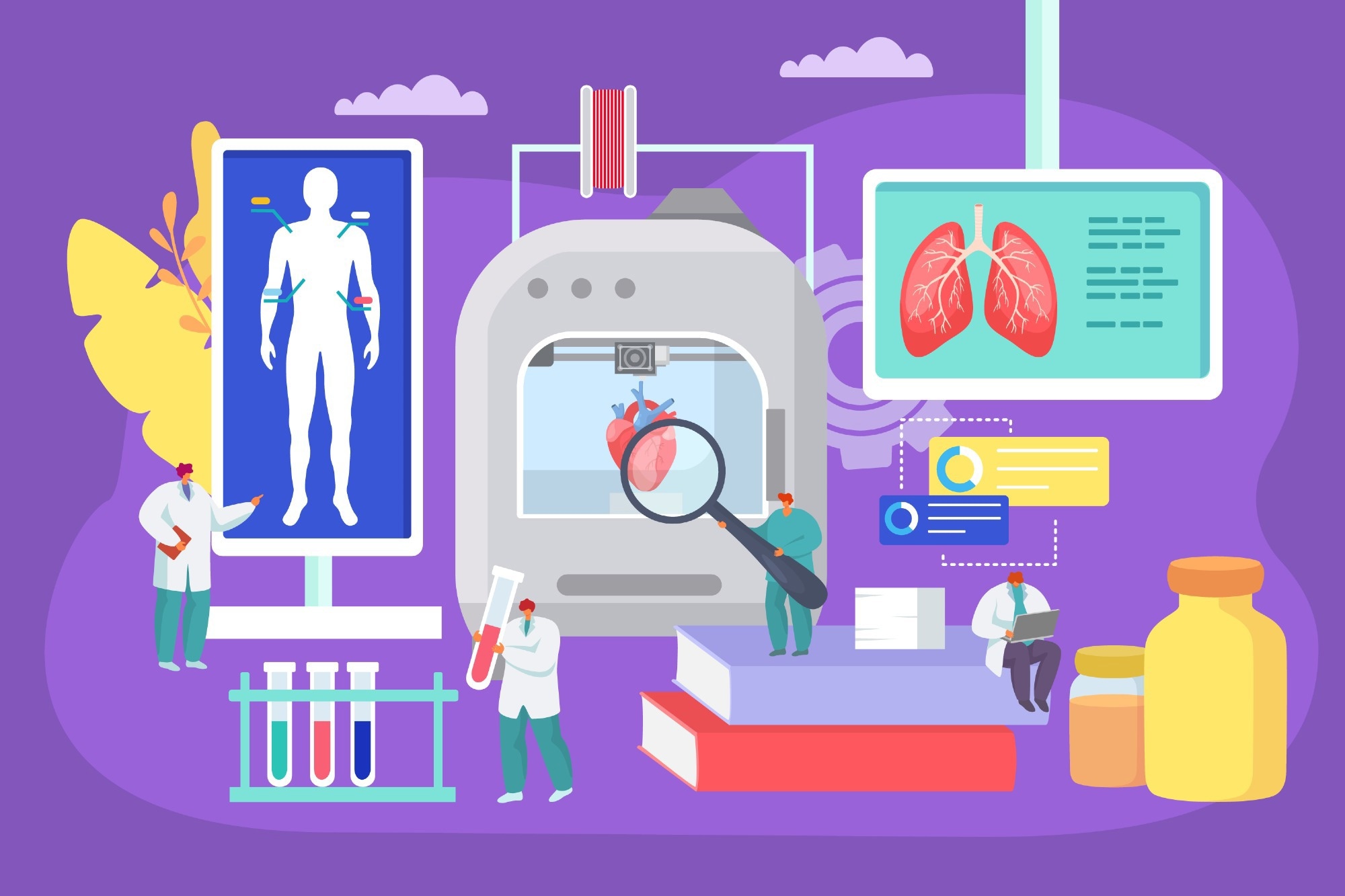Reviewed by Danielle Ellis, B.Sc.Sep 29 2022
The National Institute of Biomedical Imaging and Bioengineering awarded Case Western Reserve $6.1 million to develop body tissue engineering.
 Arnold Caplan. Image Credit: Case Western Reserve University
Arnold Caplan. Image Credit: Case Western Reserve University
In the still-emerging field of creating new biological tissues, a team led by tissue-engineering pioneer and Case Western Reserve University biologist Arnold Caplan seeks to bridge the gap between academic promise and clinical and commercial reality.
Researchers from Case Western Reserve University are collaborating with the nonprofit Advanced Regenerative Manufacturing Institute (ARMI) to create cutting-edge manufacturing techniques for creating new tissues from parts.
These techniques essentially automate the precise production of those tissues to speed up their creation and application.
The National Institutes of Health states that the objective of tissue engineering is to put together functional constructions that replace, preserve, or improve damaged tissues or entire organs; however, there have been few actual commercial achievements.
The US Food and Drug Administration has approved artificial skin and cartilage, for instance, but their application in human patients has been few.
This will be altered by the Case Western Reserve-ARMI team.
The fact that tissue-engineered products are not available commercially highlights a large and pressing unmet demand. The goal of this project is to develop technological solutions to transition tissue engineering from laboratory scale to the world of commercial manufacturing.”
Arnold Caplan, Director, Center for Modular Manufacturing of Structural Tissues, Case Western Reserve University
Dean Kamen, the well-known inventor (the Segway and iBOT, among more than 1,000 patents), is the head of ARMI, a company based in Manchester, New Hampshire. In 1989, Kamen founded FIRST (For Inspiration and Recognition of Science and Technology), a nonprofit organization aimed at inspiring young people to pursue careers in science.
A five-year, $6.1 million grant from the National Institute of Biomedical Imaging and Bioengineering (NIBIB), a part of the National Institutes of Health, is funding the research team and the facility.
Thinking like a manufacturing company
The current type of tissue engineering, which developed from the earlier, more expansive field of biomaterials, is around 35 years old. It describes the process of fusing biologically active chemicals, scaffolds (materials designed to help cells generate new tissues), and cells to create useful tissues.
Tissue engineering is already front and center among researchers worldwide. But what is sorely lacking is a sense of manufacturability introduced early in the process. Hundreds of tissue-engineered products are created, but few ever actually make it to a clinical setting.”
Harihara Baskaran, Project Leader and Chair, Chemical and Biomolecular Engineering, Case Western Reserve University
The research team, led by Case Western Reserve, will concentrate on creating sensor technologies to be used during the processes of tissue maturation and production as well as cell identification.
We intend to incorporate all of those components into a scalable, modular, automated manufacturing platform prototyped by ARMI, to ensure real-time quality control.”
Jean Welter, Research Associate Professor, Biology, Case Western Reserve University
According to Tom Bollenbach, one of the center’s associate directors and ARMI’s chief technology officer, unpredictability in the product provided by human interventions during fabrication is one of the primary reasons that tissue-making from the lab to manufacturing does not happen.
He stated, “The collaboration between Case Western Reserve researchers and ARMI’s will generate sensors that will facilitate the manufacturing of tissue engineering experiments to clinically available therapeutic products.”

Image Credit: KittyVector/Shutterstock
New name, new focus for CWRU center
The center at Case Western Reserve, currently known as the Center for Modular Manufacturing of Structural Tissues (CM2OST), is a renewal of a center at the university funded by the NIBIB five years ago.
The Center for Multimodal Evaluation of Engineered Cartilage, as it was originally known, has since expanded its scope to encompass additional human tissues besides cartilage.
The new emphasis on creating artificial tissue is also Caplan’s next move in a career that has been more broadly focused on stem cells.
He was the first to find and describe mesenchymal stem cells, the basis for many regenerative therapies, and is now regarded as an international pioneer in biology and regenerative medicine research. Since his arrival in 1969, Caplan has worked as a professor and researcher at Case Western Reserve.